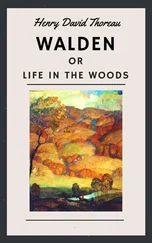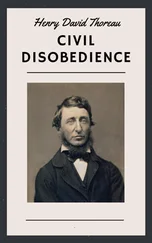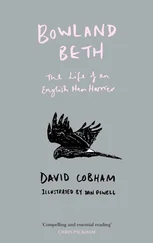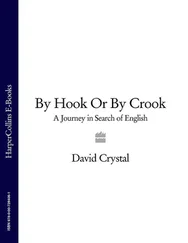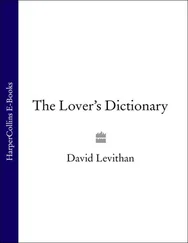Today, the use of Dame is very restricted. It’s the female equivalent of a knight of an order of chivalry, in the British honours system, and people notice it when someone well known receives it, such as Dame Judi Dench. It also has a limited use elsewhere. Lady baronets and some retired female judges can be called Dame . These are the last vestiges of a title which was originally widespread in English society.
When dame arrived from French in the 13th century, it was immediately used for ladies of high rank, and for any woman in charge of a community, such as an abbess or prioress. But it quickly went downmarket. By the 16th century, any woman married to a person with social standing, even if relatively low in rank (such as a squire or a yeoman), could be called Dame .
At the same time, the word was being used in a general way to describe ‘the lady of the house’ — a housewife. From there it was a short step to find it used for any mother, whatever her social position. And in the 14th century, a mother tongue was often referred to as a dame’s tongue .
The original vowel in dame , coming from French, was pronounced more like the one we hear in modern English dam , and this spelling, along with damme , was soon used. But dam , perceived to be a different word, began to attract negative connotations. It was used for female animals as well, and when used for a human mother it usually had a tone of ridicule or contempt. The emergence of the phrase the devil and his dam didn’t help.
In the early 20th century dame went further downmarket, especially in the United States, where it became the usual slang word for a woman. ‘There is nothin’ like a dame’ went the refrain (in South Pacific ). Then a most curious development took place in Britain. In pantomimes it came to be used for a comic middle-aged female character, traditionally played by a man. And the comic overtones spilled over into other comic roles, as in the famous case of Dame Edna Everage (aka Barry Humphries). This is as far away from the upper strata of society as it’s possible to imagine.
The higher up the social scale we go, the more strictly the address rules are imposed. At the highest levels, whole books have been devoted to how we should address a prince, a duke, a baroness, a president, a professor, a cardinal, a judge, a mayor… It can get very complicated, especially in Britain. Is a duke called Your Grace or My Lord ? What about an earl, a marquess or a baron? Most people would have to look up the answer. (All are My Lord , except the duke.) Is the sovereign’s son called Your Royal Highness ? Yes. What about the sovereign’s son’s son? Yes. And the sovereign’s son’s son’s son? No. Getting it wrong would be a terrible faux pas , in some circles.
 20. Skirt — a word doublet (13th century)
20. Skirt — a word doublet (13th century)
When two cultures come together, the words of their languages compete for survival. We can see the process taking place early on in the history of English, following the Danish invasions of Britain. The Danes spoke a language known as Old Norse, and this had many words that had a related form in Old English. What would people end up saying? Would the Danish settlers adopt the Old English words? Or would the Anglo-Saxons adopt the Old Norse ones?
In the event, people went in both directions. During the Middle English period we find Norse egg and sister ousting Old English ey and sweoster . And Old English path and swell ousted reike and bolnen . But there was a third solution: the Old English and Old Norse words both survived, because people gave them different meanings. This is what happened to skirt and shirt .
Shirt is found occasionally in late Old English (spelled scyrte ), with the meaning of a short garment worn by both men and women. Skirt , from Old Norse, is known from the 1300s, and seems to have been used chiefly for the female garment — the lower part of a dress or gown. But the word could also be used for the lower part of a man’s robe or coat too. And it is this notion of ‘lower part of something’ which led to the later sense of skirt meaning an edge or boundary — hence such words as outskirts and skirting board .
Shirt and skirt went different ways during the Middle English period. Shirt became increasingly used only for the male garment, and skirt for the female. But the distinction has never been complete. Today, women’s fashion includes shirts, and skirts are normal wear for men in many countries (though, kilts aside, rarely encountered in Western culture). Clothing such as the T-shirt is gender-neutral. And most of the idioms using shirt are too. Both men and women can bet their shirt , give away the shirt off their back and keep their shirt on .
Cases like shirt / skirt , where both words survive, are known as doublets , and there are many of them in English. From the Danish period, we find Old Norse dike alongside Old English ditch , and similarly hale and whole , scrub and shrub , sick and ill and many more. There are even more in regional dialects, where the Old English word has become the standard form and the Old Norse word remains local, as in church vs kirk , yard vs garth , write vs scrive and — of especial interest because of its widespread dialect use — no vs nay .
 21. Jail — competing words (13th century)
21. Jail — competing words (13th century)
One of the most noticeable features of English vocabulary is the large number of words that entered the language as borrowings from French, especially in the period after the Norman invasion of 1066. Some of them are illustrated by the cooking and legal terms that form part of the story of pork and chattels (§ §17, 18). The vast majority of French loans were borrowed just once — which is what one would expect. But on a few occasions, a word got borrowed twice.
Why borrow a word twice? If English speakers were already using it, what would be the point? The answer lies in the fact that the people who introduced these words had different social and linguistic backgrounds. In the early part of the period, they were usually speakers of the dialect of French spoken in Normandy; in the later part, they were people who had learned the French of Paris — the ‘posh’ dialect that was becoming the standard. Several words had different forms in these two dialects. The Norman version was borrowed first; a Parisian version came along later. And English sometimes kept both of them.
That’s why we have both gaol and jail . The g -spellings are recorded first, in the 13th century: we read about a gayhol and a gayll . The j -spellings, such as iaiole and iayll come long later ( i and j weren’t distinguished as separate letters in the Middle English period). It must have been quite confusing. Which form should one use? Even as late as the 17th century, people were scratching their heads. The point was noted by the political author Roger L’Estrange, writing in 1668: he talks about the ‘rage’ some people feel because they can’t decide ‘whether they shall say [write] Jayl or Gaol’.
Читать дальше
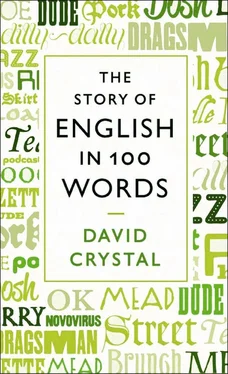
 20. Skirt — a word doublet (13th century)
20. Skirt — a word doublet (13th century) 21. Jail — competing words (13th century)
21. Jail — competing words (13th century)

